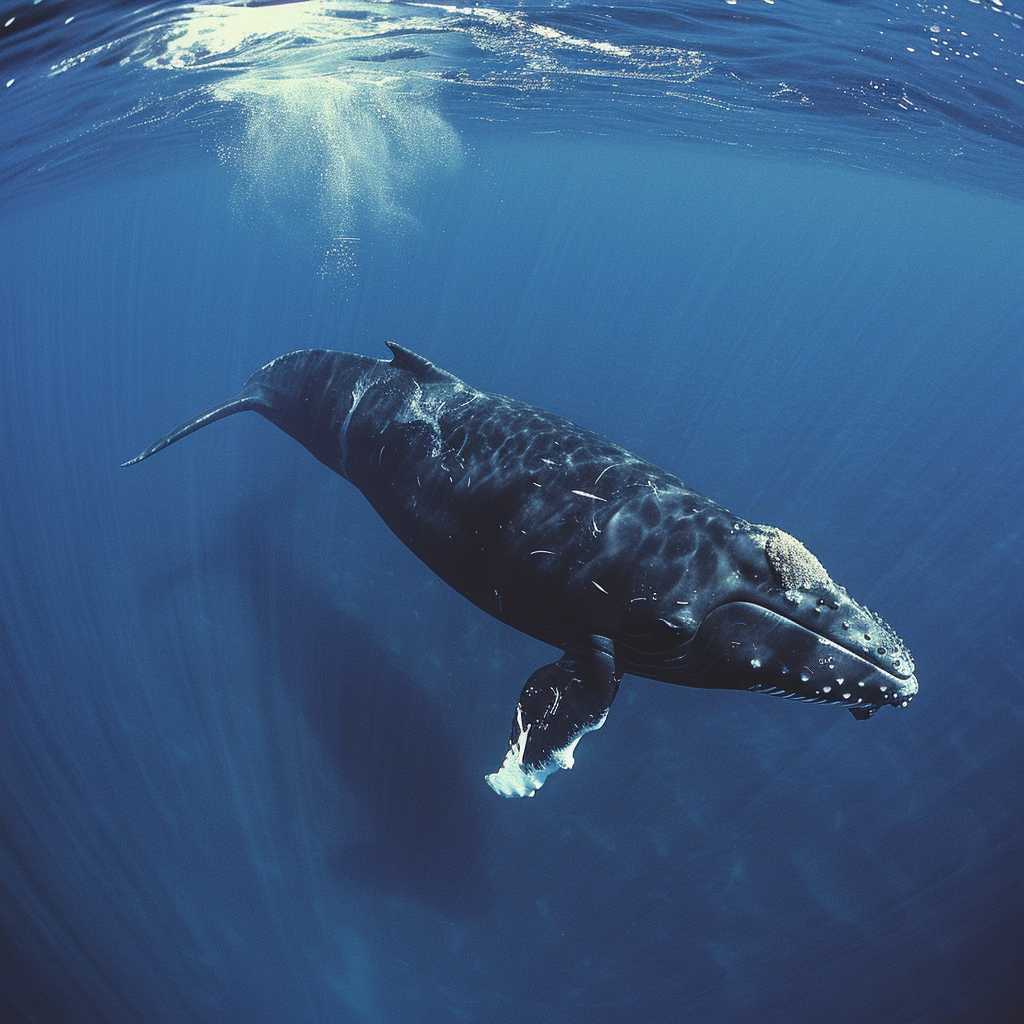The Plight and Conservation of Right Whales: An In-Depth Analysis
Right whales are amongst the Earth’s most majestic marine creatures, yet they face numerous challenges that threaten their existence. Recognizing the state of these endangered species is crucial, as each loss magnifies the near-irreversible damage to their populations. This article delves into the biology, the perils, and the on-going conservation efforts dedicated to securing the future of right whales.
Understanding Right Whales: Biology and Behavior
Right whales belong to the genus Eubalaena, distinguished by their rotund bodies, callosities on their heads, and lack of a dorsal fin. The most distinguishing feature, which lends them their name, is their vast quantity of baleen plates – making them ‘the right whale to hunt’ for whalers in past centuries due to these plates, their blubber content, and their tendency to float when killed.
There are three species within this group: the North Atlantic right whale (Eubalaena glacialis), the North Pacific right whale (Eubalaena japonica), and the Southern right whale (Eubalaena australis), populating different oceanic environments across the globe. This species typically migrates between feeding grounds in colder waters and breeding grounds in warmer ones.
Right whales feed primarily on zooplankton, krill, and copepods by skim-feeding – swimming with an open mouth to ensnare these tiny organisms in their baleen plates. As slow swimmers, they are easily observed and appreciated by wildlife enthusiasts.
Decimation and Conservation Challenges
The foremost issue plaguing right whales is the historical overhunting that decimated their numbers. Whaling no longer persists as a threat due to international bans; however, these mammals have not rebounded as hoped. New threats have emerged, including:
–
Ship Strikes: As coastal dwellers following predictable patterns, right whales are highly susceptible to ship strikes. Studies indicate that these interactions are often fatal for whales due to severe injuries or immediate death.
–
Entanglement in Fishing Gear: Right whales frequently get caught in fishing lines and nets. This can lead to severe injuries left untreated and often causes chronic health issues or mortality.
–
Habitat Loss: As human activity increases in coastal areas, noise pollution disrupts right whale communication while contamination and climate change impact their food sources. Conservation Efforts and Breakthroughs
Conservation Efforts and Breakthroughs
Despite the dire circumstances, substantial conservation efforts are underway:
–
Legislation: Protocols such as ship speed restrictions in vital habitats have been enacted. Adoption of whale-release technology and altering fishing gear has been encouraged by policymakers.
–
Habitat Conservation: Protected marine areas have been established to conserve critical feeding and breeding grounds.
–
Monitoring and Research: Programs like aerial surveys, tracking with acoustic sensors, health monitoring through sample collection help identify risks quickly to enable effective response measures.
Collectively, these strategies integrate laws, community action, scientific advancements, and international cooperation aiming to turn the tide for right whales’ survival.
A Call to Future Success: Emerging Technologies and Policies
Looking forward dedicated research suggests emerging technologies like drone monitoring, mapping of genetic diversity for better understanding population dynamics, and artificial intelligence to predict migration patterns can further enhance conservation effectiveness.
Moreover, political leadership on tackling climate change is crucial for addressing the alteration of marine ecosystems effecting right whale food sources. Environmental organizations continue advocating for stricter regulations on commercial maritime operations and sustainable fishing practices.
